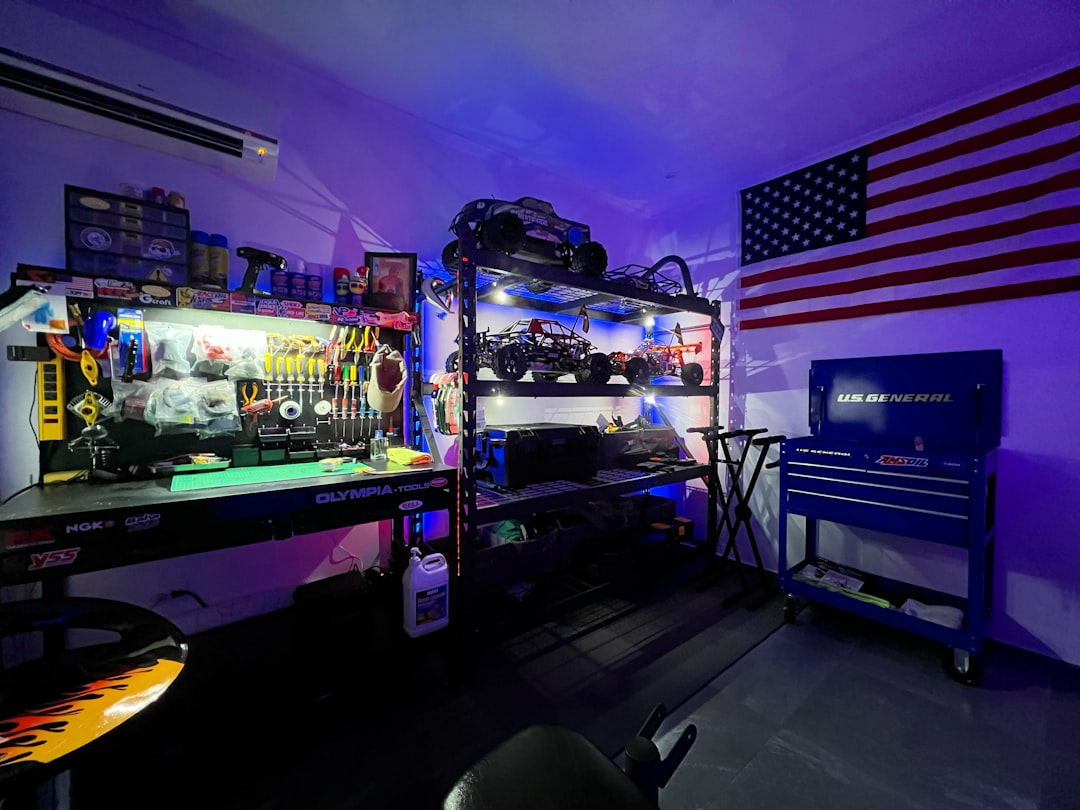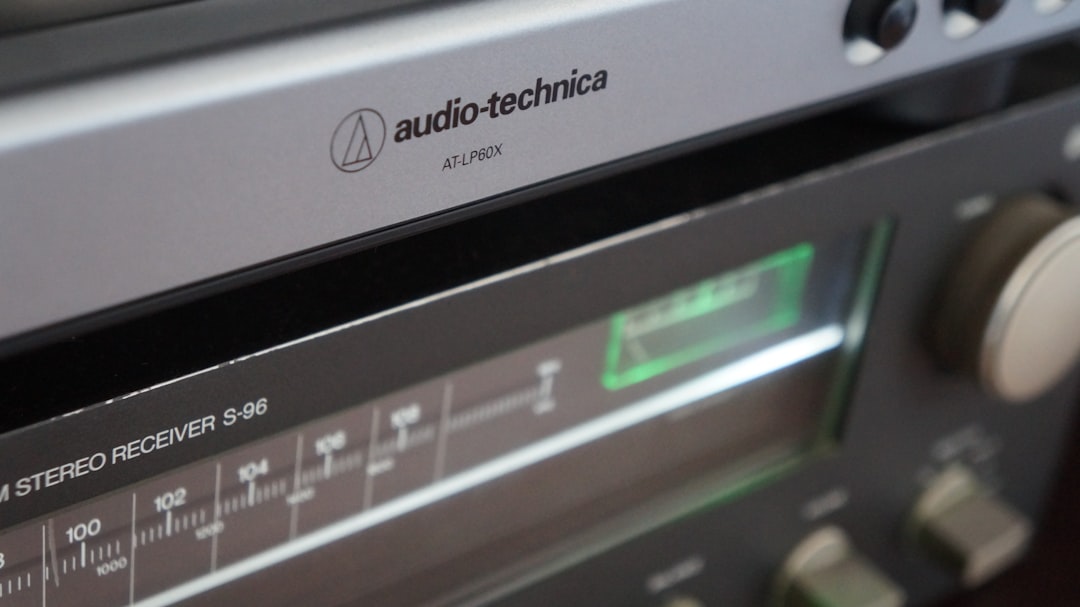In the world of home entertainment, a well-designed small theater can deliver an immersive cinematic experience. One crucial, often misunderstood component that significantly affects sound quality in such setups is Bass Management. For audiophiles and casual listeners alike, understanding Low Frequency Effects (LFE) and how to properly manage bass in small theater environments is essential for optimal performance and enjoyment.
Understanding LFE: What Is It?
Low Frequency Effects, often referred to as the .1 channel in a 5.1, 7.1, or larger surround sound system, are audio signals dedicated to reproducing deep bass sounds—typically between 3 Hz and 120 Hz. These include explosive action scenes, earthquakes, and rumbling engines that dramatically enhance the sense of realism in movies.
Unlike regular low frequency content sent to full-range channels, LFE is a separate, dedicated channel specifically used by sound mixers to create a more intense audio experience. This means proper handling of the LFE channel is critical to maintaining the director’s intended audio impact.
Why Bass Management Matters in Small Theaters
Small theaters come with unique acoustic challenges. Limited space often means reflective surfaces are closer, standing waves are more problematic, and room nodes—specific frequencies that are either amplified or cancelled—can significantly affect bass clarity and balance.
Without proper bass management, the LFE channel can become boomy, muddy, or localized, detracting from the immersive soundstage. Effective bass management ensures that low frequencies are accurately reproduced and seamlessly integrated with other audio channels.
Core Components of Bass Management
Proper bass management involves several key components that work together to deliver clean, impactful bass while maintaining control over the room’s acoustic behavior.
- Subwoofer Placement: The location of the subwoofer(s) greatly affects bass response. Placing the subwoofer near a wall or corner can augment bass, but may also introduce unwanted room modes.
- Speaker Crossover Settings: Bass should be redirected from satellite speakers to subwoofers through use of crossover filters—usually set around 80 Hz—to improve clarity and reduce distortion.
- Calibration Tools: Using room correction software or measurement microphones, such as REW (Room EQ Wizard), helps identify problem frequencies that can be treated or equalized.

Subwoofer Configuration Options
In small theaters, choosing the right subwoofer configuration can make or break your sound quality. Here are a few options:
- Single Subwoofer: Simple and space-saving, but may struggle to deliver uniform bass across all seats.
- Dual Subwoofers: Placing two subs in opposite corners balances pressure zones and smooths out frequency response across the room.
- Multi-Sub Array: More advanced but highly effective in eliminating bass inconsistencies. Requires proper phase and level calibration.
It’s not just about louder bass—it’s about more controlled, even coverage that allows audiences to experience the same detail and punch regardless of their seat.
Integrating LFE with Main Channels
The LFE track is a dedicated channel, but it must be mastered in tandem with the rest of the system. This brings up a big consideration—double bassing. Should you send low-frequency content from your main speakers as well as from the LFE channel to your subwoofer?
Most experts recommend activating “bass redirection,” where the AV receiver handles rerouting bass from speakers set to “small” to the subwoofer. This avoids duplicate content being played through both the LFE and redirected bass streams, which can lead to phasing issues or overly boomy playback.

Taming the Room: Acoustic Treatments
Even the best subwoofer can’t outperform a poorly treated room. Small theaters benefit immensely from installing bass traps and absorbers designed to attack low-frequency standing waves. Consider these treatment options:
- Bass Traps: Placed in corners to absorb low-frequency buildup and reduce boominess.
- Wall Panels: Mid and high-frequency panels also help by preventing reflected sound from interfering with primary audio.
- Diffusers: Particularly useful in breaking up reflections without removing too much energy from the room.
Each room behaves differently, so some trial and error with placement—combined with acoustic analysis—can yield transformative results.
Calibration and System Tuning
Modern AV receivers offer automatic calibration features like Audyssey, Dirac Live, or Yamaha’s YPAO. These technologies measure frequency response at multiple seating positions and adjust EQ settings accordingly, ensuring balanced bass and proper LFE integration.
However, for enthusiasts who demand precision, manual calibration adds greater control. Taking the time to verify microphone placements, phase alignment, and sub levels can yield remarkably better sound quality.
Common Pitfalls in Bass Management
Many small theater owners run into these typical mistakes:
- Setting Speakers to “Large”: Unless using full-range tower speakers, always set them to “small” to offload low frequencies to the subwoofer.
- Incorrect Phase Matching: Poor alignment can cause cancellation between sub and mains. Utilize test tones and measurement tools to fix this.
- Over-Saturating the LFE: Adding LFE where it doesn’t exist in the source or over-equalizing boosts can result in bloated bass.
Conclusion
Bass management in small theaters isn’t just a technical necessity—it’s an art form. By understanding the principles of LFE, using proper equipment and calibration methods, and treating your room acoustically, you can achieve a cinematic audio experience that rivals larger and more expensive setups. Paying attention to these elements ensures precise, powerful bass that adds drama and realism to every movie scene.
Frequently Asked Questions
-
What frequency range does the LFE channel cover?
The LFE channel typically covers frequencies from 3 Hz to 120 Hz. -
How many subwoofers are ideal in a small theater?
While a single sub may suffice, two subwoofers can provide more even coverage and better integration across the listening area. -
Should I set my speakers to “large” or “small”?
Most users should set their speakers to “small” to redirect low frequencies to the subwoofer, which is better equipped to handle them. -
What is phase alignment and why does it matter?
Phase alignment ensures that bass waves from the subwoofer and main speakers work together, not against each other. Poor alignment can result in weak or uneven bass. -
Can automatic calibration tools replace manual tuning?
Auto-calibration tools are great for general setup, but for the best sound, manual adjustment and verification are highly recommended.

